

Articles
Who Really Created The Light Bulb
Modified: January 9, 2024
Discover the truth about the invention of the light bulb in this intriguing article. Uncover the intriguing history behind the creation of this revolutionary invention.
(Many of the links in this article redirect to a specific reviewed product. Your purchase of these products through affiliate links helps to generate commission for Storables.com, at no extra cost. Learn more)
Introduction
The invention of the light bulb is a pivotal moment in human history, revolutionizing the way we live, work, and interact with our surroundings. It brought about a new era of illumination, transforming the dark corners of the world into vibrant spaces filled with light. However, the story behind the creation of the light bulb is a complex one, with multiple inventors making significant contributions.
In this article, we will delve into the early developments in electric lighting, explore the role of Thomas Edison in inventing the light bulb, and unravel the controversies surrounding the credit for its creation. We will also shed light on the contributions of other inventors who played a role in the development of this groundbreaking technology.
Join us on this journey as we unravel the mysteries and myths surrounding the invention of the light bulb, and discover who really should be credited with this remarkable achievement.
Key Takeaways:
- The invention of the light bulb was a collaborative effort involving multiple inventors, with Thomas Edison’s contributions marking a significant turning point in history. It’s a story of innovation, controversy, and collective achievement that continues to illuminate our world today.
- The early developments in electric lighting by pioneers like Sir Humphry Davy and Sir William Grove set the stage for Thomas Edison’s groundbreaking work. The invention of the light bulb was a culmination of tireless experimentation, legal battles, and the combined efforts of multiple inventors, shaping the modern lighting landscape.
Read more: When Was The First Light Bulb Created
Early Developments in Electric Lighting
The quest for electric lighting began long before the invention of the light bulb. In fact, there were several notable developments in the field of electric lighting that laid the groundwork for Edison’s groundbreaking invention.
One of the earliest pioneers in electric lighting was Sir Humphry Davy, a British chemist who, in the early 1800s, experimented with electric arcs as a source of light. Davy used a battery to create a spark between two carbon rods, producing a bright and intense light. However, this method was impractical for widespread use due to its high cost and the limited availability of electricity at the time.
Another important milestone in electric lighting came in the 1840s with the development of the arc lamp by Sir William Grove. The arc lamp used a carbon rod as an electrode, which produced a bright light when a high voltage was applied across it. Although more efficient than Davy’s electric arc, the arc lamp still had limitations, such as its high power consumption and the need for constant maintenance.
It was during this time that Thomas Edison entered the scene, bringing a fresh perspective and innovative ideas to the field of electric lighting.
Stay tuned as we dive into the remarkable journey of Thomas Edison and his pivotal role in the invention of the light bulb.
Thomas Edison and the Invention of the Light Bulb
When it comes to the invention of the light bulb, the name that often comes to mind is Thomas Edison. Edison is widely credited with inventing the practical and commercially viable incandescent light bulb, which revolutionized the way we illuminate our world.
In 1879, after countless experiments and iterations, Edison successfully patented an improved version of the incandescent light bulb. His design consisted of a filament made of carbonized bamboo, which emitted a steady and long-lasting light when heated by an electric current.
Edison’s light bulb was a game-changer for several reasons. Firstly, it was much more efficient and durable compared to earlier designs. The carbonized bamboo filament had a longer lifespan, making the light bulb practical for everyday use. Secondly, Edison devised a way to create a vacuum inside the bulb, reducing the risk of the filament burning out. This breakthrough significantly extended the lifespan of the bulb.
However, Edison’s invention did not happen overnight. It took years of tireless experimentation and continuous refinement to achieve the successful result. It was Edison’s relentless dedication to solving the challenges of electric lighting that earned him the reputation as the “Father of the Light Bulb.”
Despite Edison’s remarkable achievement, his invention was not without controversy.
Continue reading as we explore the controversies surrounding the credit for the invention of the light bulb and the contributions of other inventors.
The light bulb was not invented by just one person. Thomas Edison is often credited with its invention, but it was actually a result of the work of many inventors over several decades.
Controversies Over Credit for the Light Bulb Invention
The invention of the light bulb is not without its fair share of controversies and disputes over who deserves credit for this groundbreaking creation. While Thomas Edison is widely recognized for his contributions, there were other inventors who made significant advancements in electric lighting around the same time.
One notable figure in this debate is Sir Joseph Swan, a British physicist and chemist. Swan independently developed a working incandescent light bulb around the same time as Edison. In fact, Swan had already patented his design in Great Britain in 1878, a year before Edison received his patent in the United States. However, it is worth noting that Edison’s bulb had some technical differences and improvements compared to Swan’s design.
Edison and Swan became embroiled in a legal battle over who had the rightful claim to the invention. In the end, they decided to form a joint company, known as Edison and Swan United Electric Light Company, combining their patents and sharing the credit for the invention of the light bulb.
Another inventor worth mentioning is Warren de la Rue, an Englishman who developed a light bulb with a coiled platinum filament in 1840. Although De la Rue’s design was not commercially successful due to the high cost of platinum, his work laid the foundation for future innovations in filament development.
It is important to recognize that the invention of the light bulb was not a single eureka moment but rather a culmination of years of research and development by multiple inventors. Each inventor brought unique insights and contributions to the table, with Edison’s successful commercialization of the light bulb marking a significant turning point in history.
Next, let’s explore the contributions of other inventors in the evolution of electric lighting.
Contributions of Other Inventors
While Thomas Edison and Joseph Swan are often at the forefront of discussions surrounding the invention of the light bulb, it is crucial to acknowledge the contributions of other inventors in the development of electric lighting. Their innovations and discoveries paved the way for the evolution of this indispensable technology.
One such inventor is Nikola Tesla, a brilliant Serbian-American engineer, who made significant advancements in alternating current (AC) systems. Tesla’s work laid the foundation for the widespread distribution of electricity and the practical implementation of electric lighting. Although Tesla did not directly invent the light bulb, his contributions to the field of electrical engineering were instrumental in creating the infrastructure needed to power these innovative devices.
Another important figure is Sir William Siemens, a German-born engineer and entrepreneur. Siemens developed the regenerative furnace, a major breakthrough in the production of electric lighting. This technology allowed for the mass production of efficient electric lamps, which ultimately contributed to the affordability and accessibility of light bulbs.
Furthermore, we can’t overlook the role of Lewis Latimer, an African-American inventor who worked with both Edison and Swan. Latimer played a vital role in improving the production process of carbon filaments, making them more durable and cost-effective. His contributions were instrumental in enhancing the longevity and efficiency of incandescent light bulbs.
It is clear that the invention of the light bulb was a collective effort, with multiple inventors pushing the boundaries of technology. Each inventor brought their unique expertise and insights, contributing to the overall progress in electric lighting.
To conclude, while Thomas Edison’s name is often synonymous with the light bulb, it is important to recognize the contributions of other inventors who played pivotal roles in its development. The combined efforts of these inventors propelled the world into a new era of illumination, forever changing the way we live and work.
Read more: Who Invented The Fluorescent Light Bulb
Conclusion
The invention of the light bulb is a remarkable achievement that has transformed the way we illuminate our world. While Thomas Edison is widely credited with inventing the practical and commercially viable incandescent light bulb, it is essential to recognize the contributions of other inventors who played significant roles in the development of electric lighting.
Early pioneers like Sir Humphry Davy and Sir William Grove laid the groundwork with their experiments in electric arcs and arc lamps. Their innovations set the stage for Edison’s groundbreaking work.
Thomas Edison’s relentless pursuit of a practical, long-lasting incandescent light bulb paved the way for the widespread adoption of electric lighting. His carbonized bamboo filament and vacuum-sealed bulb design made the light bulb more efficient and durable, revolutionizing how we illuminate our homes, workplaces, and streets.
However, controversies arose regarding the invention’s credit, with inventors like Joseph Swan making significant advancements in electric lighting simultaneously. Collaborative efforts led to the formation of joint companies and the sharing of patents, acknowledging the collective achievement.
Furthermore, contributions from inventors such as Nikola Tesla, Sir William Siemens, and Lewis Latimer shaped the infrastructure, production processes, and efficiency of the light bulb. Their innovations played critical roles in expanding and improving electric lighting technology.
In conclusion, the invention of the light bulb is a culmination of the work of multiple inventors, each bringing various insights and advancements to the table. Thomas Edison’s contributions are significant, but it is essential to recognize the collective efforts that have shaped the modern lighting landscape. The impact of these inventors continues to resonate in our lives, offering us the gift of safe, reliable, and accessible illumination.
As we bask in the glow of our well-lit world, let us marvel at the ingenuity and collaboration that brought the humble light bulb to life.
Frequently Asked Questions about Who Really Created The Light Bulb
Was this page helpful?
At Storables.com, we guarantee accurate and reliable information. Our content, validated by Expert Board Contributors, is crafted following stringent Editorial Policies. We're committed to providing you with well-researched, expert-backed insights for all your informational needs.
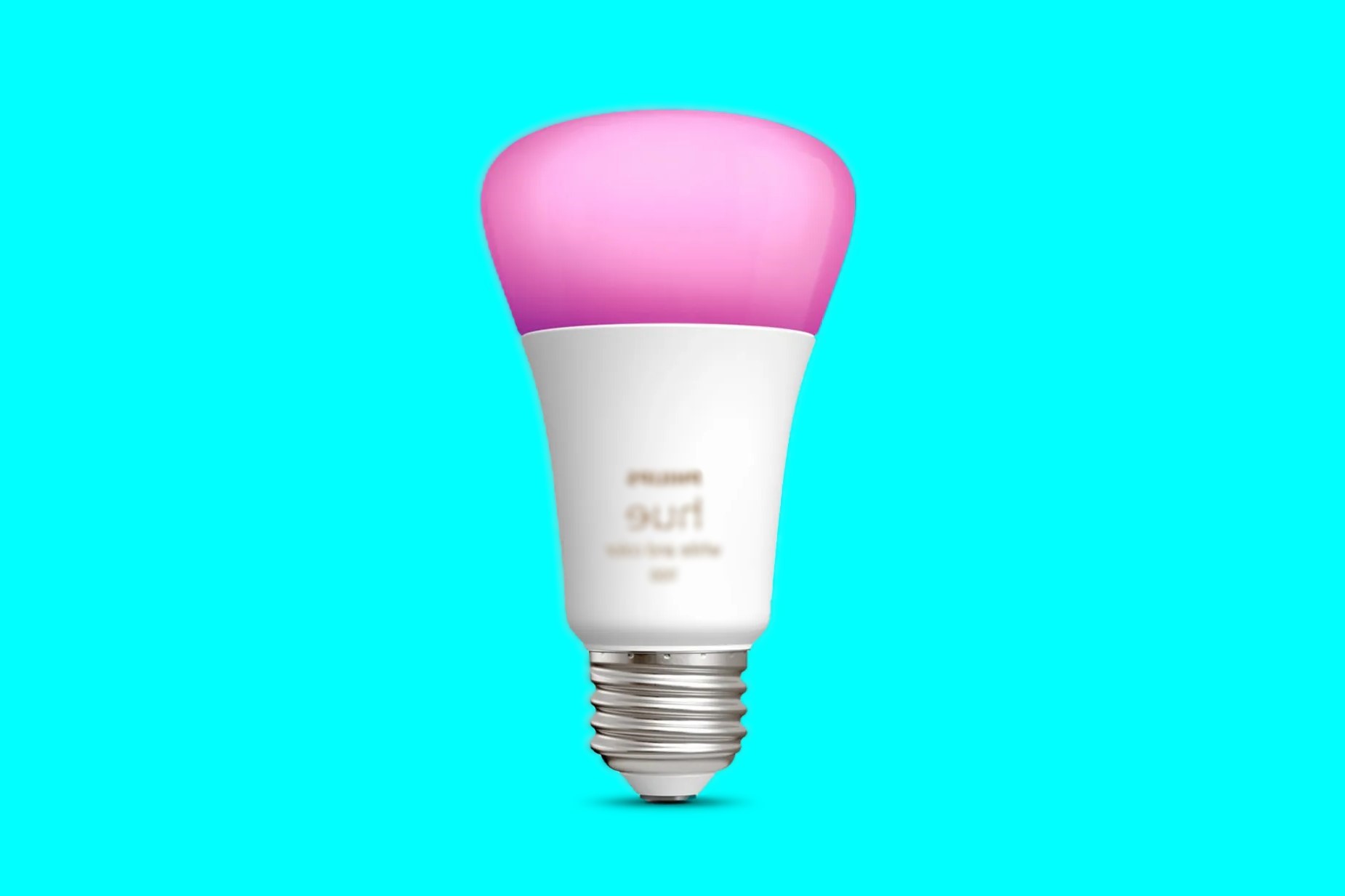

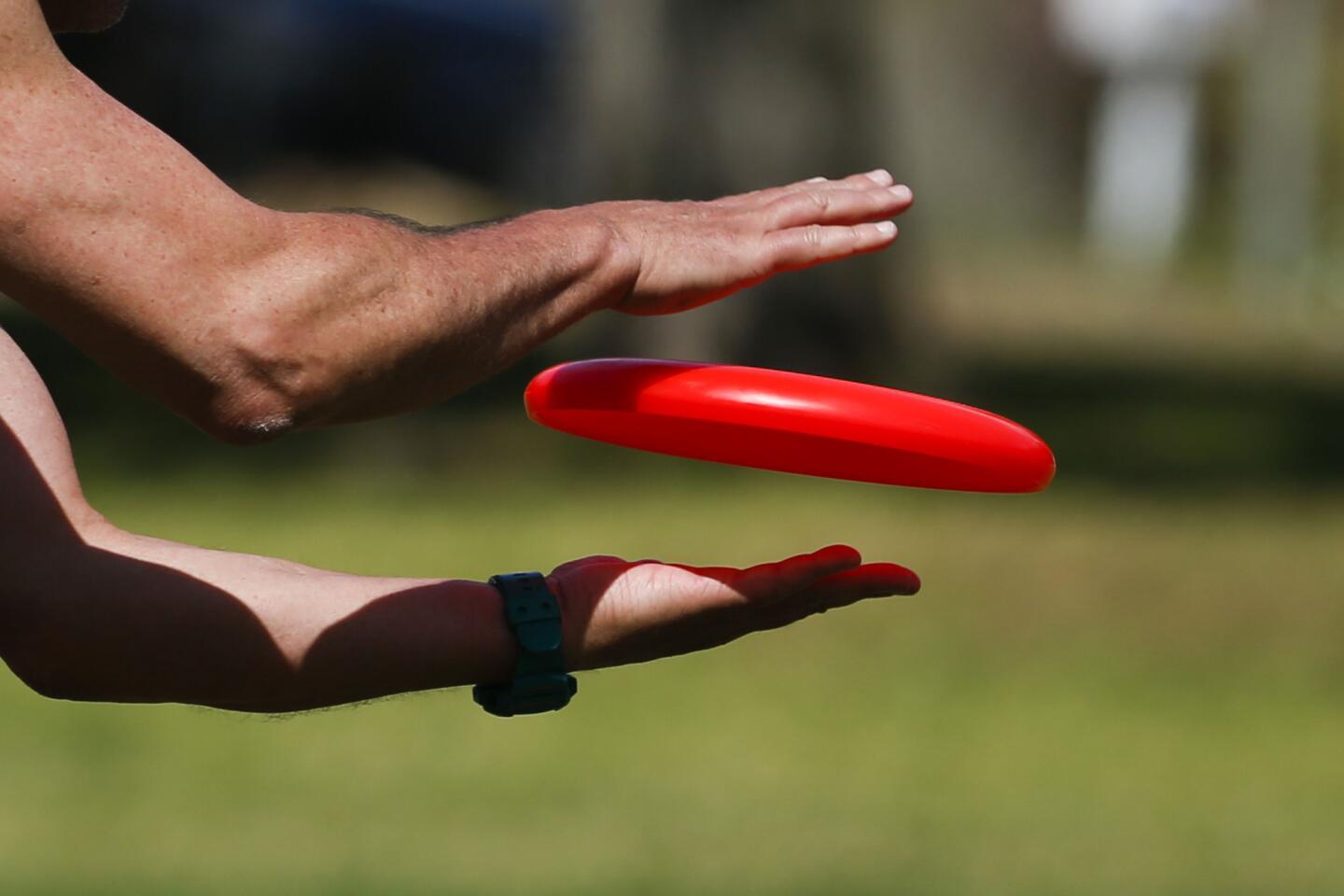

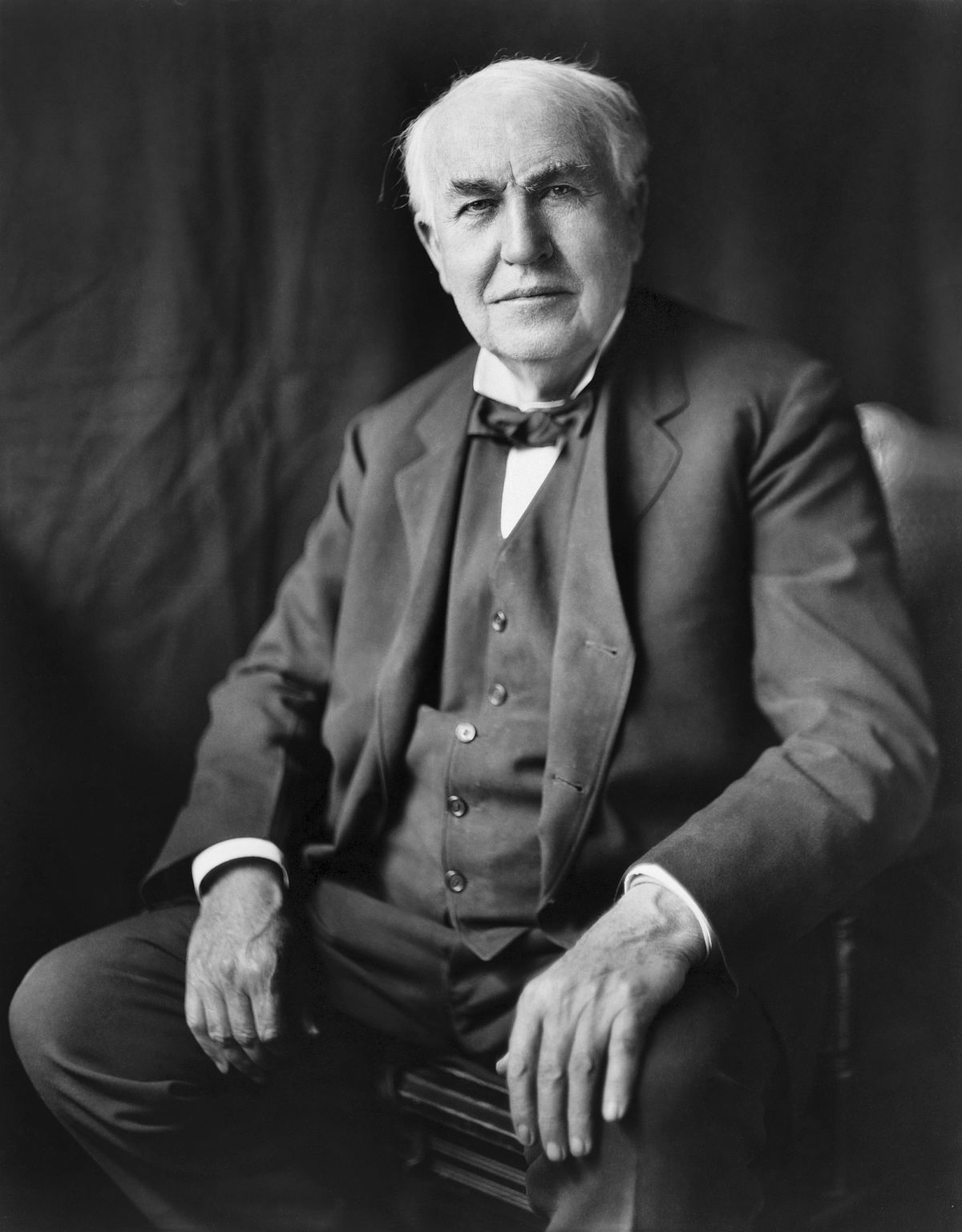
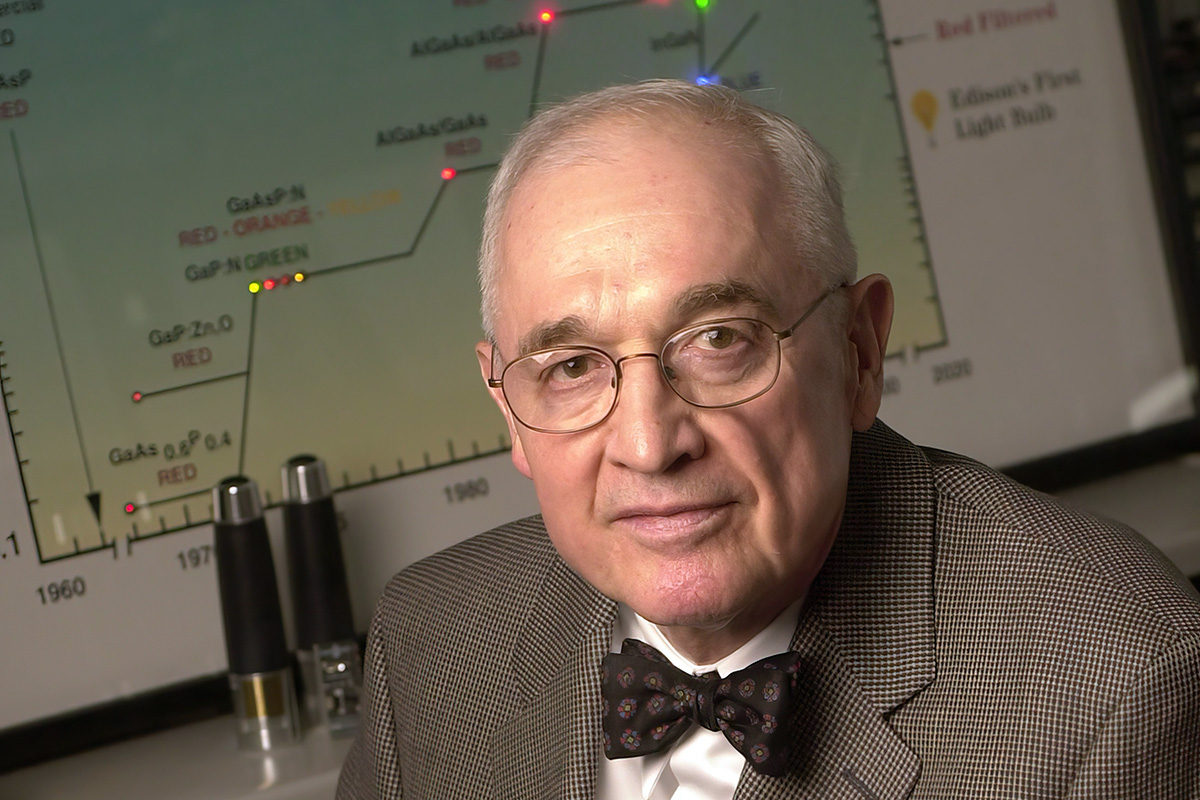





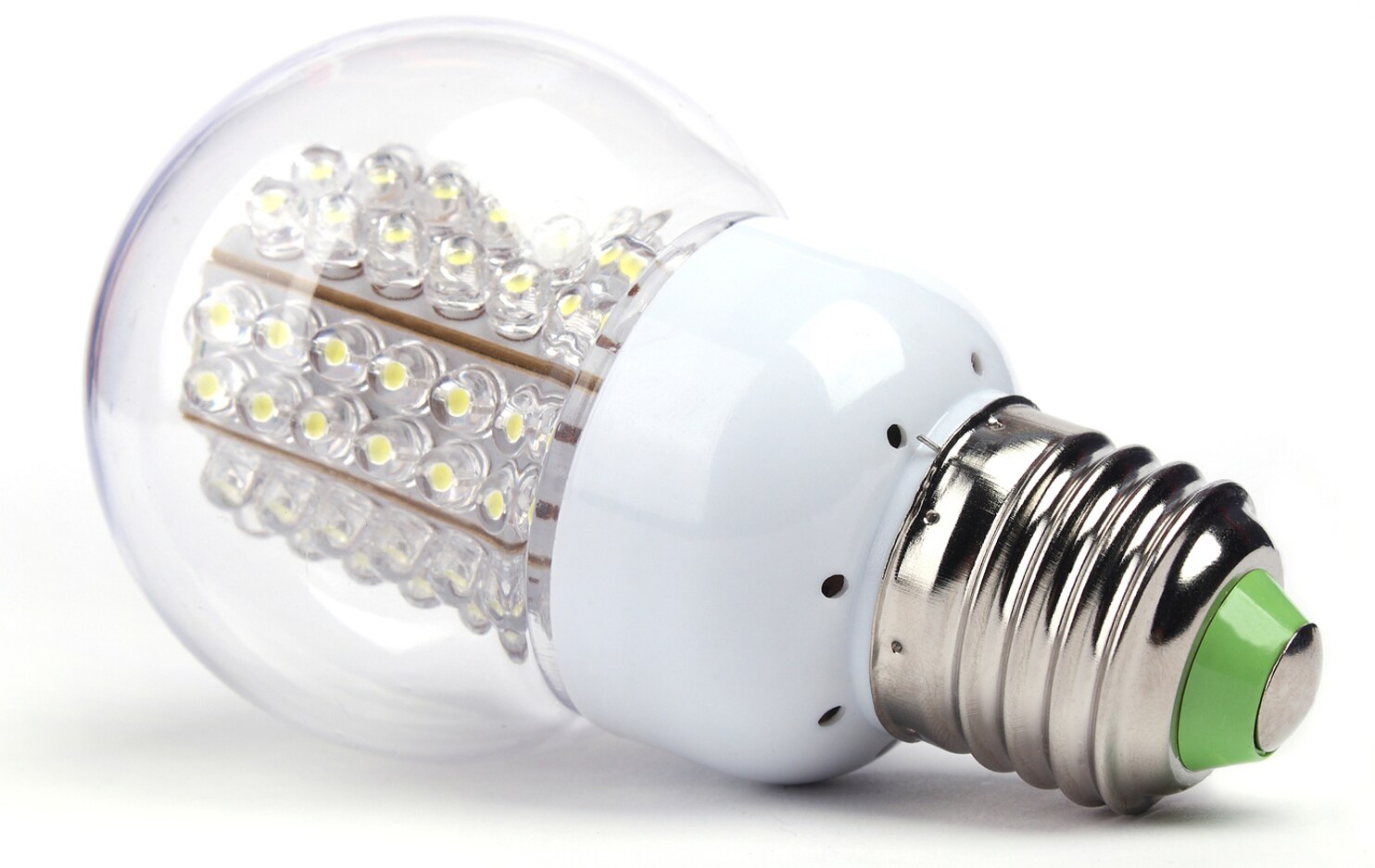
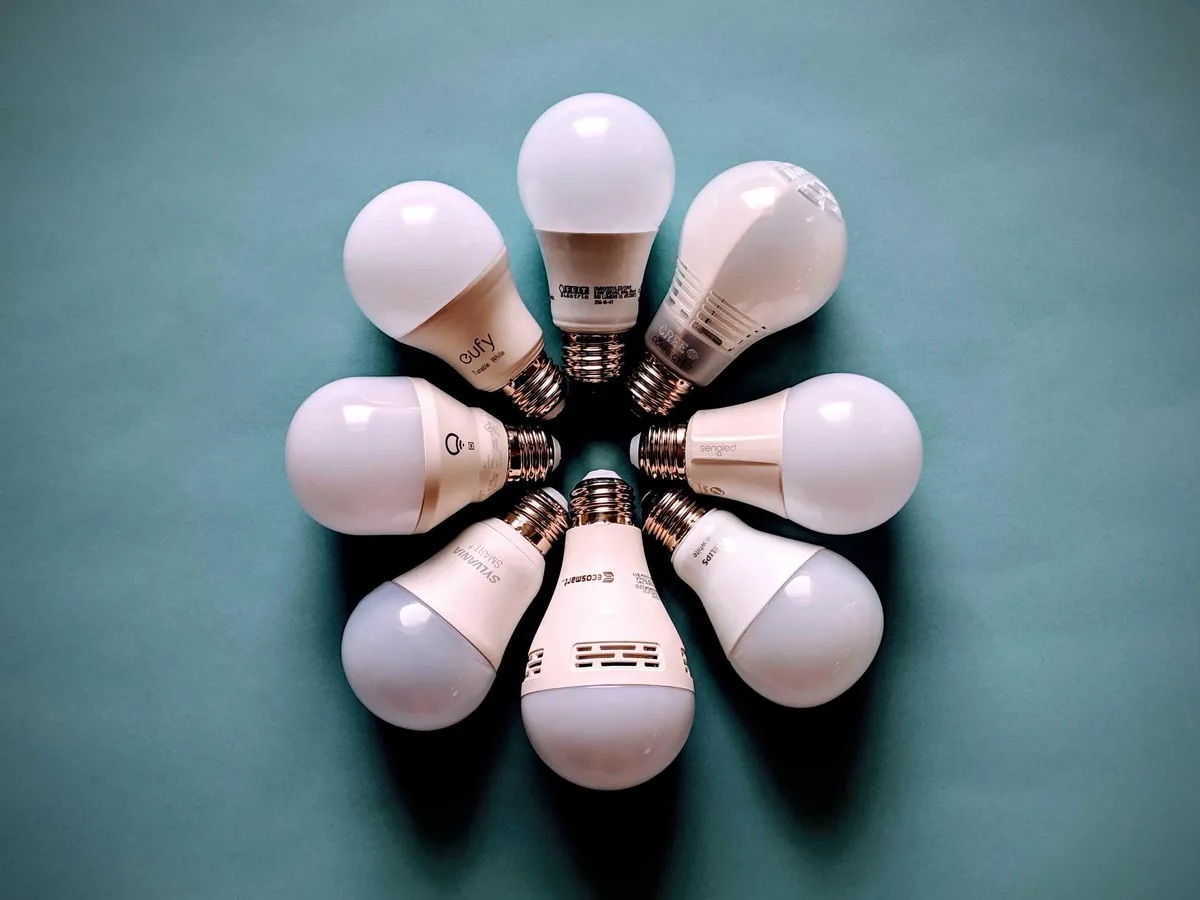
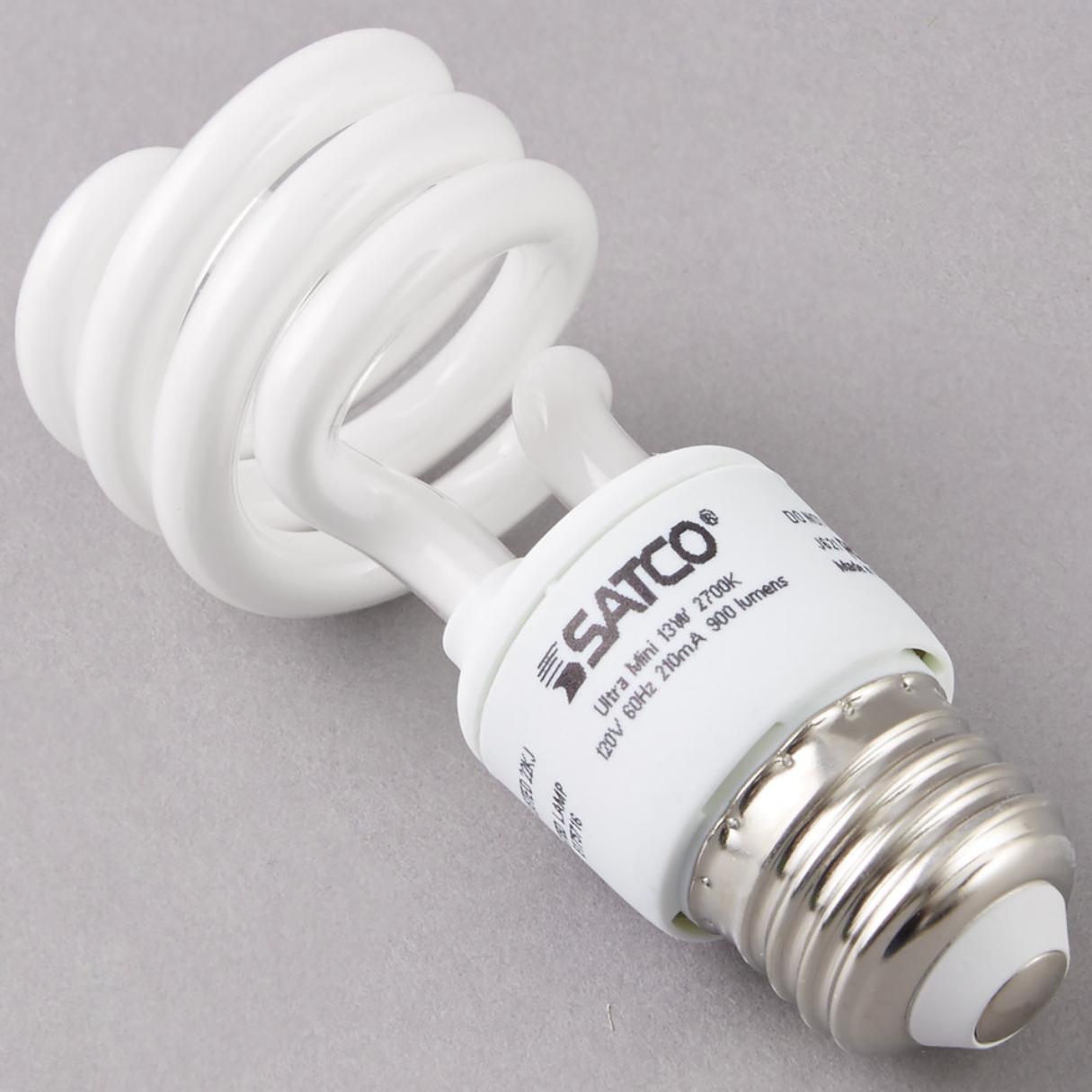

0 thoughts on “Who Really Created The Light Bulb”